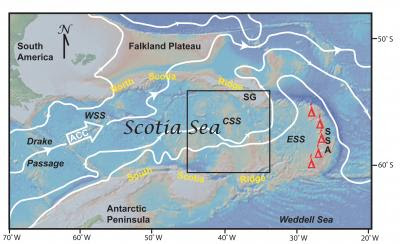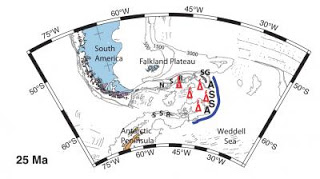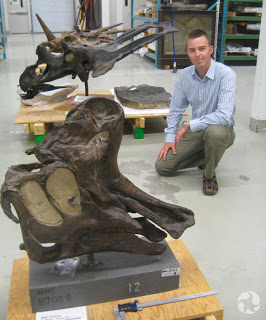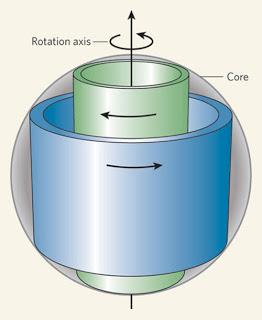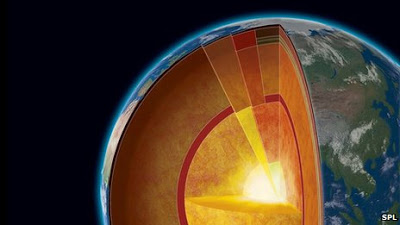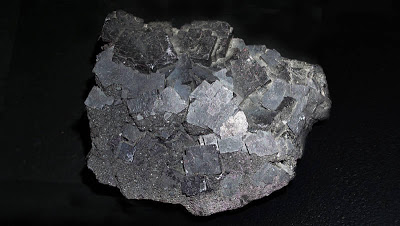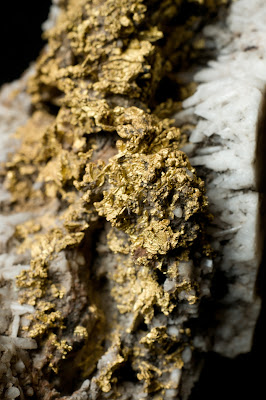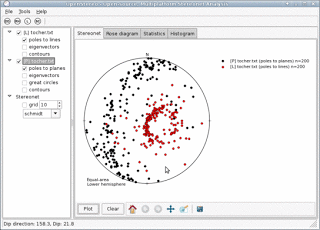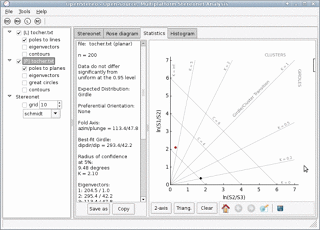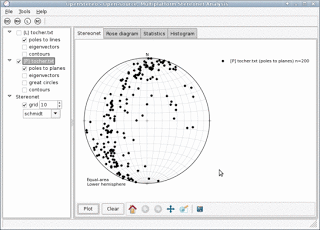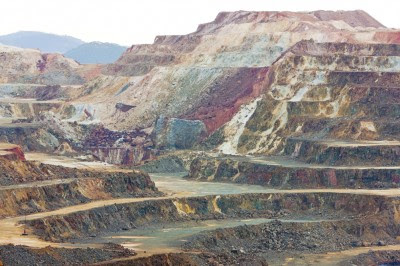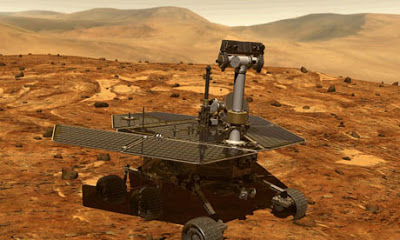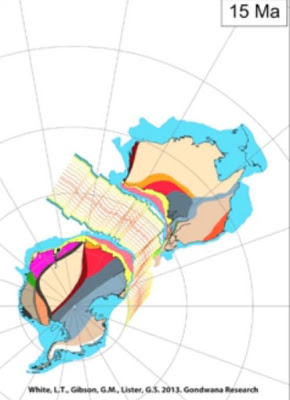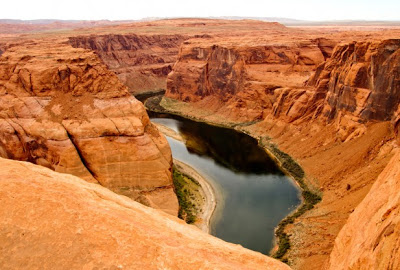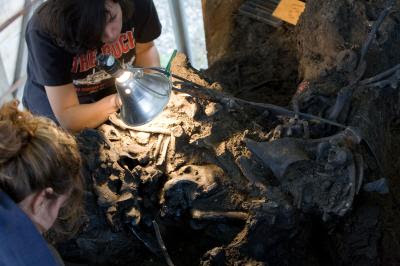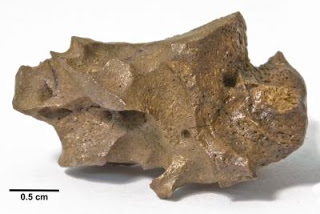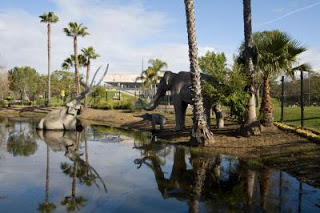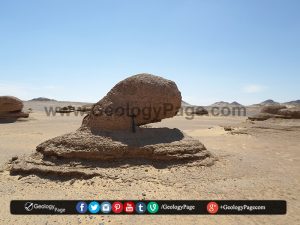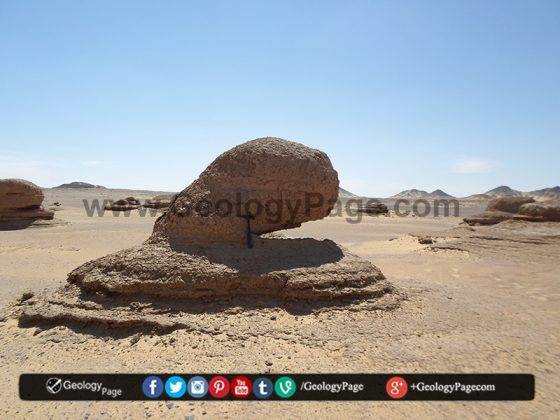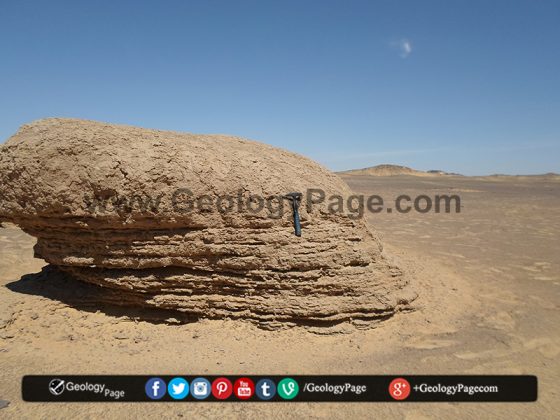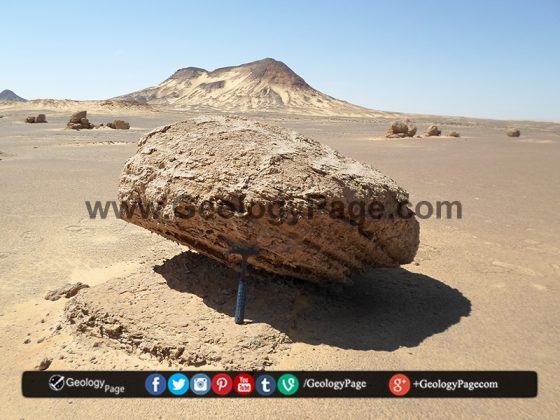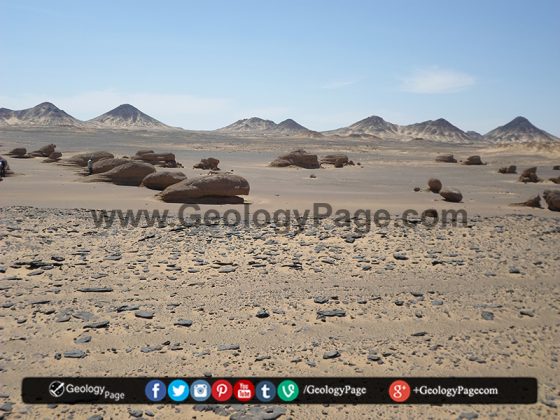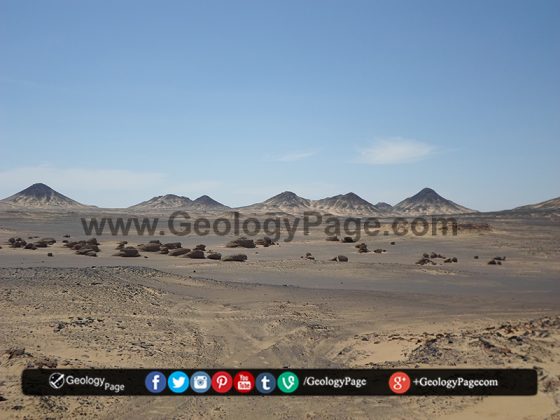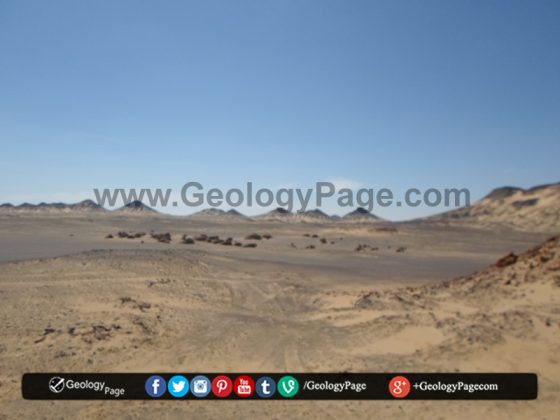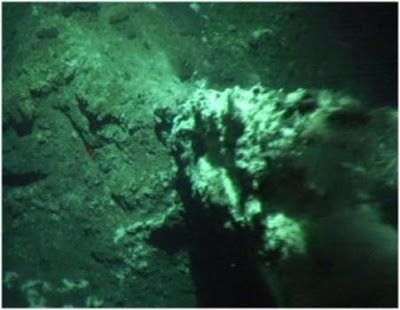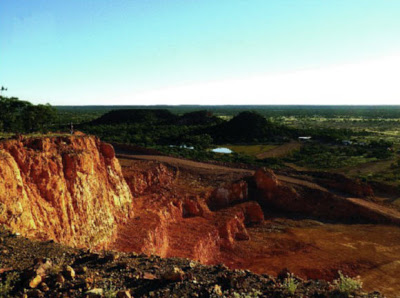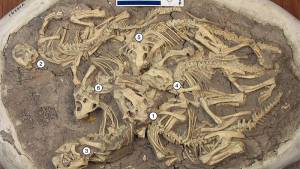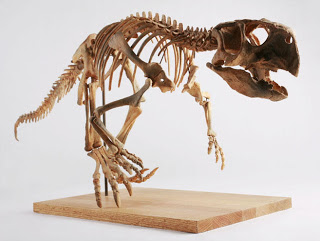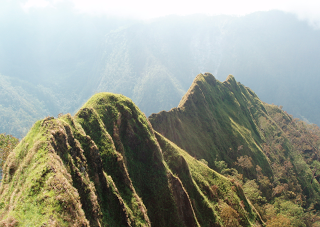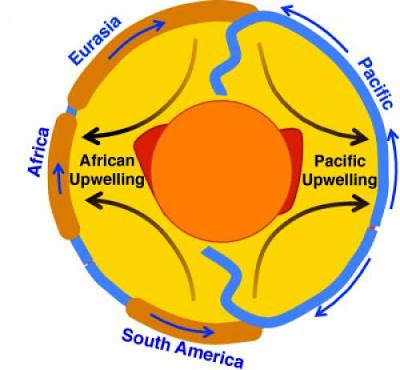A new study from the University of Colorado Boulder and the California Institute of Technology has analyzed mineral grains from the bottom of the western Grand Canyon. The findings indicate that the canyon was largely carved out about 70 million years ago, putting it in a time when dinosaurs were around and might have peeked over the rim.
CU-Boulder Assistant Professor Rebecca Flowers says that this new research, using a dating method that exploits the radioactive decay of uranium and thorium atoms to helium atoms in a phosphate mineral known as apatite, pushes back the accepted formation date of Arizona’s Grand Canyon by more than 60 million years.
During the carving of the Grand Canyon, the mineral grains cooled and moved closer to the surface, locking the helium atoms away inside the grains. Topography influences temperature variations at shallow levels beneath the Earth’s surface, and the thermal history recorded by the apatite grains allowed Flowers and her team to infer how much time had passed since there was significant natural excavation of the Grand Canyon.
“If you can document cooling through temperatures only a few degrees warmer than the earth’s surface, you can learn about canyon formation,” says Kenneth Farley, who is chair of the Division of Geological and Planetary Sciences at the California Institute of Technology.
“Our research implies that the Grand Canyon was directly carved to within a few hundred meters of its modern depth by about 70 million years ago,” said Flowers.
According to Alicia Chang of the Associated Press (AP), the age and evolution of the Grand Canyon causes significant controversy among scientists, with a variety of data suggesting the Grand Canyon has had a complicated history. This evidence also suggests the modern canyon might not have been carved all at the same time. Different segments of the canyon may have formed separately before coalescing into the Grand Canyon visitors see today.
In a previous study published in 2008, Flowers and colleagues revealed that parts of the eastern Grand Canyon likely developed some 55 million years ago. Before it eroded to its current depth, that segment of the canyon’s bottom was above the height of the current rim.
The steeply sided Grand Canyon is over a mile deep in places and about 280 miles long with a width of up to 18 miles wide in certain locations. More than 5 million people visit the geographic wonder every year. The Grand Canyon was carved, in large part, by an ancestral waterway of the Colorado River that was flowing in the opposite direction millions of years ago.
“An ancient Grand Canyon has important implications for understanding the evolution of landscapes, topography, hydrology and tectonics in the western U.S. and in mountain belts more generally,” said Flowers.
Flowers says that whether individual apatite crystals retain or lose helium is a function of temperatures in the rocks of Earth’s crust. If the temperatures of the apatite grains are below 86F, all of the helium is retained. Conversely, if the temperatures reach over 158F, all of the helium is lost.
“The main thing this technique allows us to do is detect variations in the thermal structure at shallow levels of the Earth’s crust,” she said. “Since these variations are in part induced by the topography of the region, we obtained dates that allowed us to constrain the timeframe when the Grand Canyon was incised.”
Past experiments used only the amount of helium produced in the radioactive decay of apatite grains to date samples. Flowers and Farley, however, also analyzed the spatial distribution of helium atoms near the margin of individual apatite crystals in order to take their uranium/thorium/helium dating technique to a more sophisticated level.
In recent years, a number of studies have reported various ages for the Grand Canyon, with the most popular theory placing the age at 5 million to 6 million years based on the age of the gravel washed downstream by the ancestral Colorado River. A 2008 study, however, estimated the age to be some 17 million years old based on dating mineral deposits inside of caves carved in the canyon walls.
Paleontologists believe that dinosaurs were wiped out when a giant asteroid collided with Earth some 65 million years ago, in a so-called “extinction event.” The collision resulted in huge clouds of dust that blocked the sun from reaching Earth’s surface, cooling the planet and killing most plants and animals.
Geologists have redoubled their efforts, according to Flowers, because of the wide numbers of theories, dates and debates regarding the age of the Grand Canyon.
“There has been a resurgence of work on this problem over the past few years because we now have some new techniques that allow us to date rocks that we couldn’t date before,” Flowers said.
The dating research for this current study was performed at CalTech, however, Flowers has recently set up her own lab at CU-Boulder capable of conducting uranium/thorium/helium dating.
“If it were simple, I think we would have solved the problem a long time ago,” said Flowers. “But the variety of conflicting information has caused scientists to argue about the age of the Grand Canyon for more than 150 years. I expect that our interpretation that the Grand Canyon formed some 70 million years ago is going to generate a fair amount of controversy, and I hope it will motivate more research to help solve this problem.”
The team hopes to continue their research, moving from “when” to “how” the canyon was formed, claiming the genesis of the canyon has important implications for understanding the evolution of many geological features in the western United States. This would include the features’ tectonics and topography.
“Our major scientific objective is to understand the history of the Colorado Plateau–why does this large and unusual geographic feature exist, and when was it formed,” says Farley. “A canyon cannot form without high elevation–you don’t cut canyons in rocks below sea level. Also, the details of the canyon’s incision seem to suggest large-scale changes in surface topography, possibly including large-scale tilting of the plateau.”
AP’s Chang reports that not everyone is convinced by the findings of Flowers and Farley’s study, however. The study ignores a mountain of evidence pointing to a geologically young landscape, the critics contend, giving rise to doubts about the technique used to date the team’s samples.
Karl Karlstrom, University of New Mexico in Albuquerque geologist, calls the notion of the Grand Canyon being 70 million years old “ludicrous.” Most scientists agree that though the exposed rocks are ancient, the Canyon was forged relatively recently in geologic time through tectonic uplift.
The oldest gravel and sediment that washed downstream date to about 6 million years ago, making it hard for most scientists to imagine an ancient Grand Canyon, especially since there are no signs of older deposits. Geologists are always happy to have new methods of dating, however, Karlstrom thinks the newest efforts are highly inaccurate. It defies logic that a fully formed canyon would sit unchanged for tens of millions of years without undergoing further erosion, Karlstrom protests.
Richard Young, geologist at the State University of New York at Geneseo, suggested an entirely different scenario to Chang; that of a cliff in the place of the ancient Grand Canyon.
According to Young, Flowers “wants to have a canyon there. I want to have a cliff there. Obviously, one of us can’t be right.”
There might be a middle ground, suggested Utah State University geologist Joel Pederson to Chang. Older canyons in the region were cut by rivers flowing in the opposite direction of the Colorado River. Perhaps, he says, a good portion of the Grand Canyon was chiseled by these smaller rivers and the younger Colorado finished the job.
If Flowers and Farley are right, however, and the Canyon existed when dinosaurs roamed, it would be a much different environment than today because the climate at that time was more tropical. Smaller tyrannosaurs, horned and dome-headed dinosaurs and duckbills patrolled the American West.
University of Maryland paleontologist Thomas Holtz told Chang that the dinosaurs would not see “the starkly beautiful desert of today, but an environment with more lush vegetation”
The results of this study were recently published online in the journal Science Express.
Note : The above story is reprinted from materials provided by April Flowers for redOrbit
